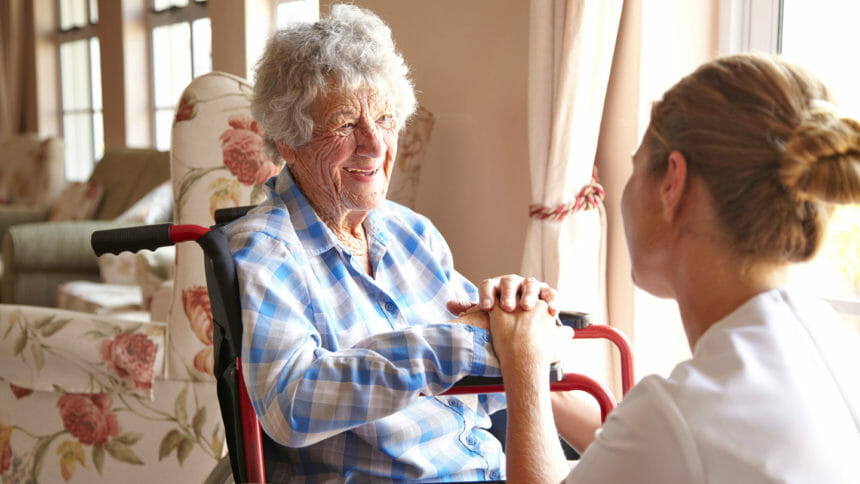
The dual-eligible population of New York–those elderly individuals enrolled in both Medicare and Medicaid–pose a significant cost burden on the healthcare system, and hinder reform efforts, according to a report released last week by the United Hospital Fund.
Dual eligibles, many of whom reside in long-term care facilities, are the single highest cost group in the state Medicaid program. One statistic shows that 20% of dual eligibles-52,000-live in New York City alone. This group accounts for $3.5 billion in Medicaid spending. More than 40% of New York’s healthcare expenditures are directed toward dual eligibles, according to the report.
Among the policy challenges caused by dual eligibles: Because they rely on long-term care for help with activities of daily living, managing their care means maintaining their health status more than preventing conditions. Also, state regulations prevent Medicaid from dictating terms of treatment unless there are new policy provisions. Assessing the effectiveness of service delivery and the level of spending relative to health outcomes will be key to finding solutions, according to the report’s author.



